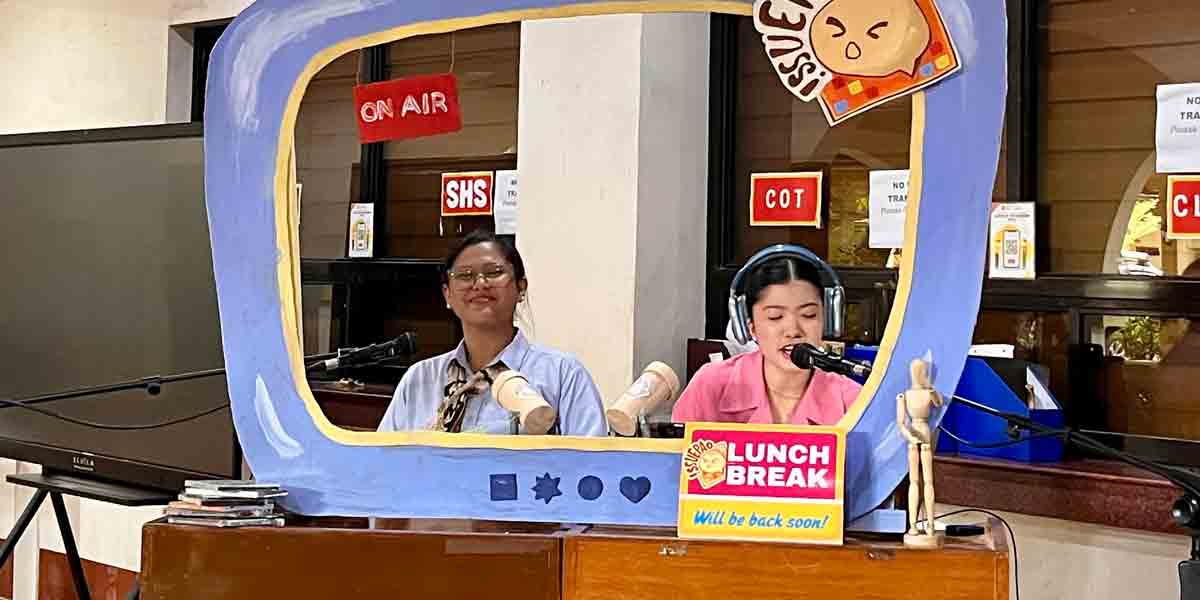It has been more than two years and the failed distance learning set-up has further worsened the education crisis that the youth has long been facing. Under the blended learning program, the number of student dropouts significantly increased. The quality of education that the youth receives was compromised, coupled with the declining mental health conditions, and most of the fresh graduates struggled to look for decent jobs.
The Right to Education was disregarded as the youth struggled to keep up with this type of learning set-up. Thousands of students had no choice but to drop out of school. According to the data released by DepEd, enrolments in SUCs and LUCs for the AY 2021-2022 still dropped by 12.80%. Consequently, the quality of education under the distance learning program continued to stagger.
According to the Talent Ranking Report in 2020, the Philippines ranked 59th and 57th out of 63 countries with regards to the quality of education in primary and secondary education respectively. Even the National Economic and Development Authority acknowledges that the education received during the COVID-19 pandemic is “subpar education.”
Blended learning has also triggered collapsing mental health onto the youth. Over the years, cases of reported suicides, deaths, and other mental health related incidents induced by online classes increased.
There have been 35 reported cases of deaths directly connected to distance learning, from grade 6 to third-year college students. Of the total, 32 are suicides, one death due to electrocution, one due to vehicular accident, and another who had to retrieve her modules and laptop at the height of Supertyphoon Rolly.
Despite more than enough testimonies, DepEd and the CHEd still appealed that none of these were directly linked to distance learning as the main reason.
The initial transition to face-to-face classes last December 2021 were no different from the aforementioned issues as the decision to conduct F2F classes was left for the schools’ administrators to decide, and the costs for retrofitting campus facilities and their surrounding environment are shouldered by the schools themselves.
As expected, several universities used this justification to increase their tuition and miscellaneous fee rates. Furthermore, CHEd remained mum as to how to encourage dropped out students in returning back to school after a year of distance learning.
The government, especially DepEd and CHEd, has undoubtedly failed their mandate once again to provide quality education for students during the pandemic with the rash implementation of the distance learning setup. This has led to countless problems that have sunk the future of the youth down the drain. It has proven that our current education system is not adapted with this online set-up, especially as there are subjects such as medical-related courses that require face-to-face interactions.
Continuing classes without opening the schools will only lead to more dropouts, further deterioration of mental health, and worse, deaths directly related to distance learning.
As we approach the beginning of the next academic year and the gradual easing of the threat of the COVID-19 pandemic, it must be the utmost priority of the government to not just set a deadline for the transition to face-to-face classes, but to actually provide support for the needs of the students related to face-to-face classes.
We’ve had enough of De Vera putting the burden of his job to the schools themselves. The government must provide subsidies for the retrofitting of campus facilities and its surrounding environment or else the costs for making the campus safe will be shouldered by the students and their parents through tuition and miscellaneous fees.
Opening the schools would also mean providing support for students to travel to schools. The ongoing health and economic crises have affected the costs for public transportation. Fuel and fare prices have increased, which in turn causes difficulty for most students to travel to schools. Although there are already free rides for LRT-2 passengers, this only encompasses areas within LRT-2 stations. What we need is a permanent, free, and accessible public transportation for students from Kinder to Graduate Schools.
Even if the schools had opened, this is only just a step on resolving the education crisis in the Philippines. For so long the government has put the burden of addressing the concerns and needs of the education sector onto the hands of the educational institutions— and even to students and their families themselves while perpetuating the system of deregulation that has been widening the gap between the rich and the poor on acquiring quality education.
On top of it all, CHEd commissioner De Vera’s reappointment under Marcos Jr. as well as the appointment of Sara Duterte as the new DepEd secretary shows no hope of this crisis ending soon as we all know that it is never the students’ interest that they are in service of. Resolving the education crisis means having a government who actually listens and prioritizes the welfare and interests of the students and has the guts to shoulder both the costs and the responsibility in order for the youth to be productive and effectively contribute to nation-building.
John Samuel B. Lazaro
National Coordinator
Samahan ng Progresibong Kabataan






















